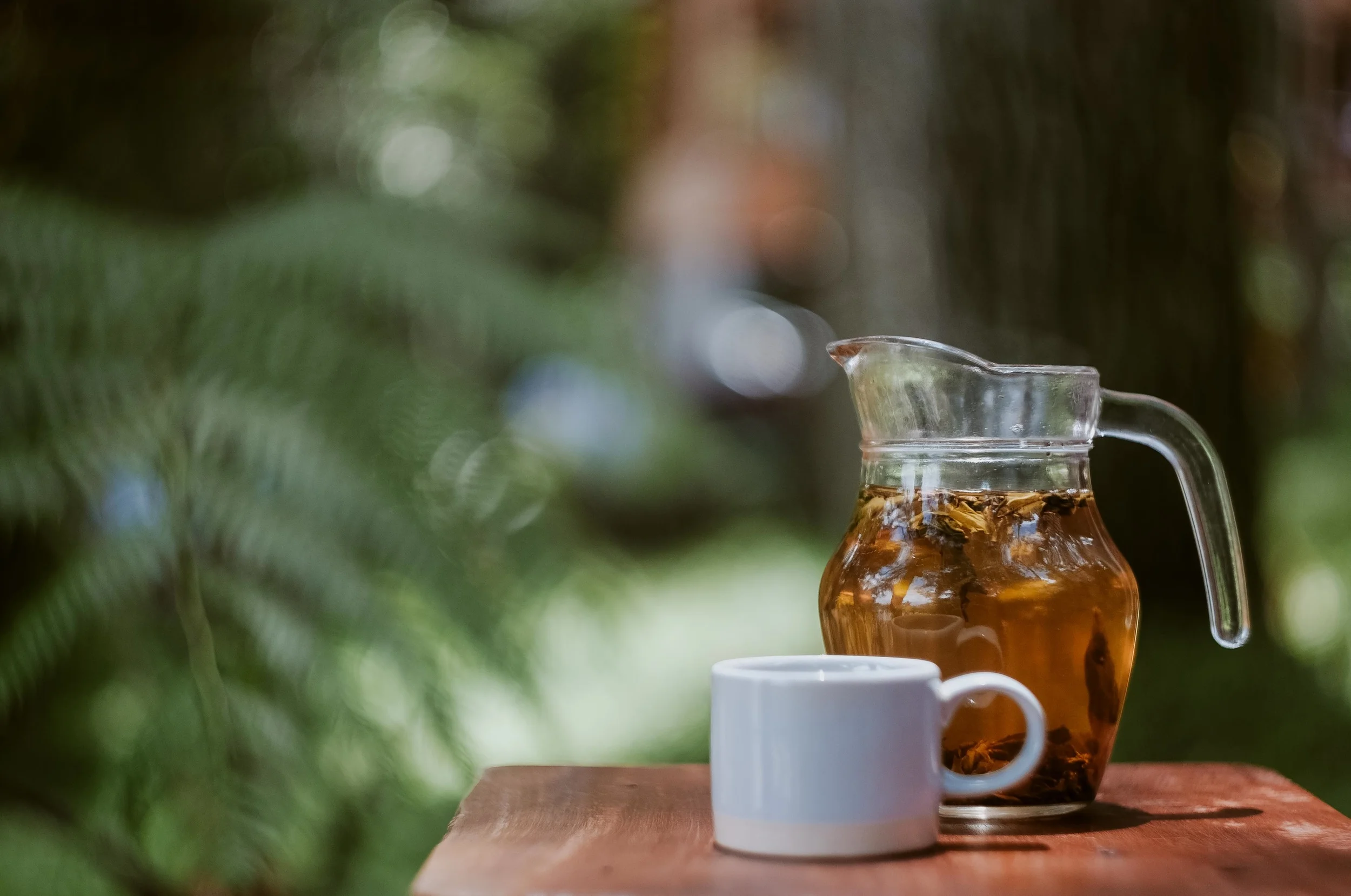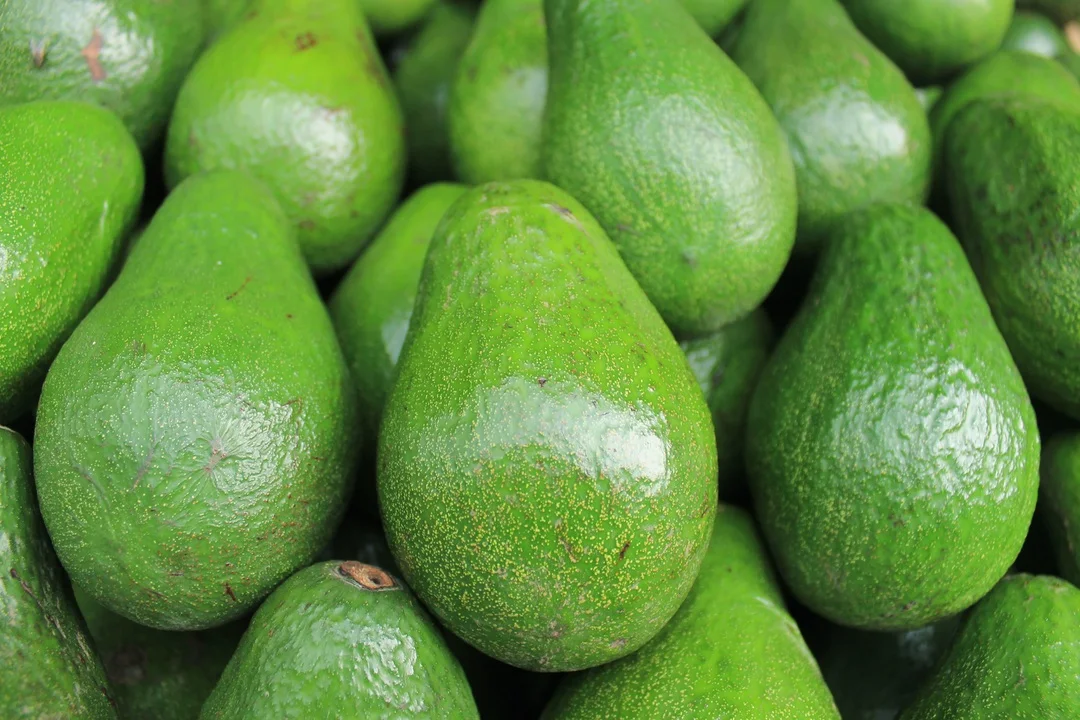Nutrition Trend: Juices Pretending To Be Water
Written by Kelli Baker | Reviewed by Nikita Kapur, MS, RDN, CDN, CLT
A recent trend on grocery store shelves has been the emergence of alternative water sources such as coconut water, watermelon water and maple water all spouting superior nutritional benefits to the consumer. These products are hyped up to have additional ingredients to regular H20 including vitamins and minerals that are naturally occurring and capable of enhancing a person’s health akin to a superfood. Essentially what the marketing industry has done is combined our image of water as being essential, hydrating and replenishing with healthy words like coconut, watermelon and maple all in an effort to sell a sugary drink.
Coconut water, one of the first to capitalize on this marketing scheme, has been touted as “mother nature’s sports drink” because of its high potassium content and ability to replenish electrolytes after a tough workout similar to a sports drink. Watermelon and maple water have similar health claims of electrolyte replenishment and product descriptions often include advantageous components like antioxidants and phytochemicals.
While it is true these water sources have various natural vitamins and minerals within them that are beneficial to our health, they also contain added sugar and calories that can add up quickly. These waters have more in common with juices than actual water and are easy to over consume. Moreover, since these drinks have added sugars, they can easily spike your blood sugar levels especially when drinking without exercise, which may also lead to energy crashes. Coconut water for instance contains 6g of sugar and 46 calories per 8oz serving while watermelon water has the same amount of calories with 10g of sugar and maple water contains 25 calories with 5g of sugar per 8oz serving. This may not seem like a significant amount, but for someone who wants to lose weight these unnecessary drinkable calories and grams of added sugar can add up throughout the day. With that being said, if you still feel the urge to enjoy natural flavored water like coconut, watermelon or maple, the best time is an hour after a workout when a quick source of these nutrients is optimal to consume. Enjoy these juice waters as a post workout treat while sticking to regular water throughout the day.
So, if you are looking to lose some weight and save some money, seeing as one bottle will cost you between $3 to $5, you are better off eating your calories instead of drinking them. The truth of the matter is you could drink some plain H20, eat some coconut or watermelon, or any other fruit or maybe even add some maple syrup to your breakfast pancakes and receive the same nutritional benefits that you would from drinking one of these higher priced waters with the added benefit of feeling fuller.





















